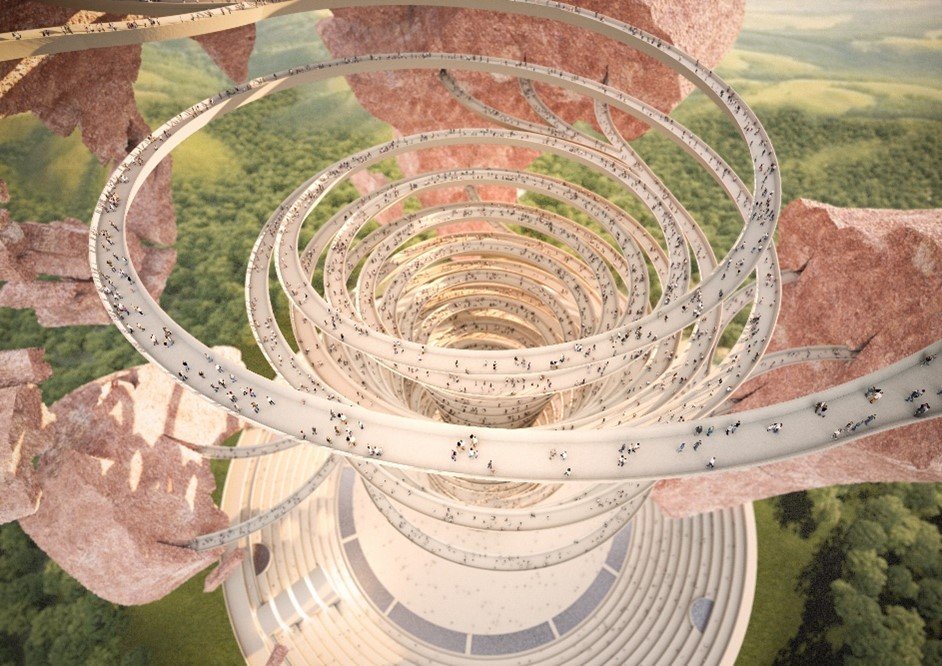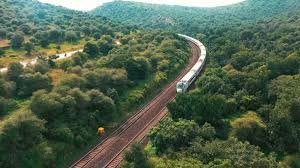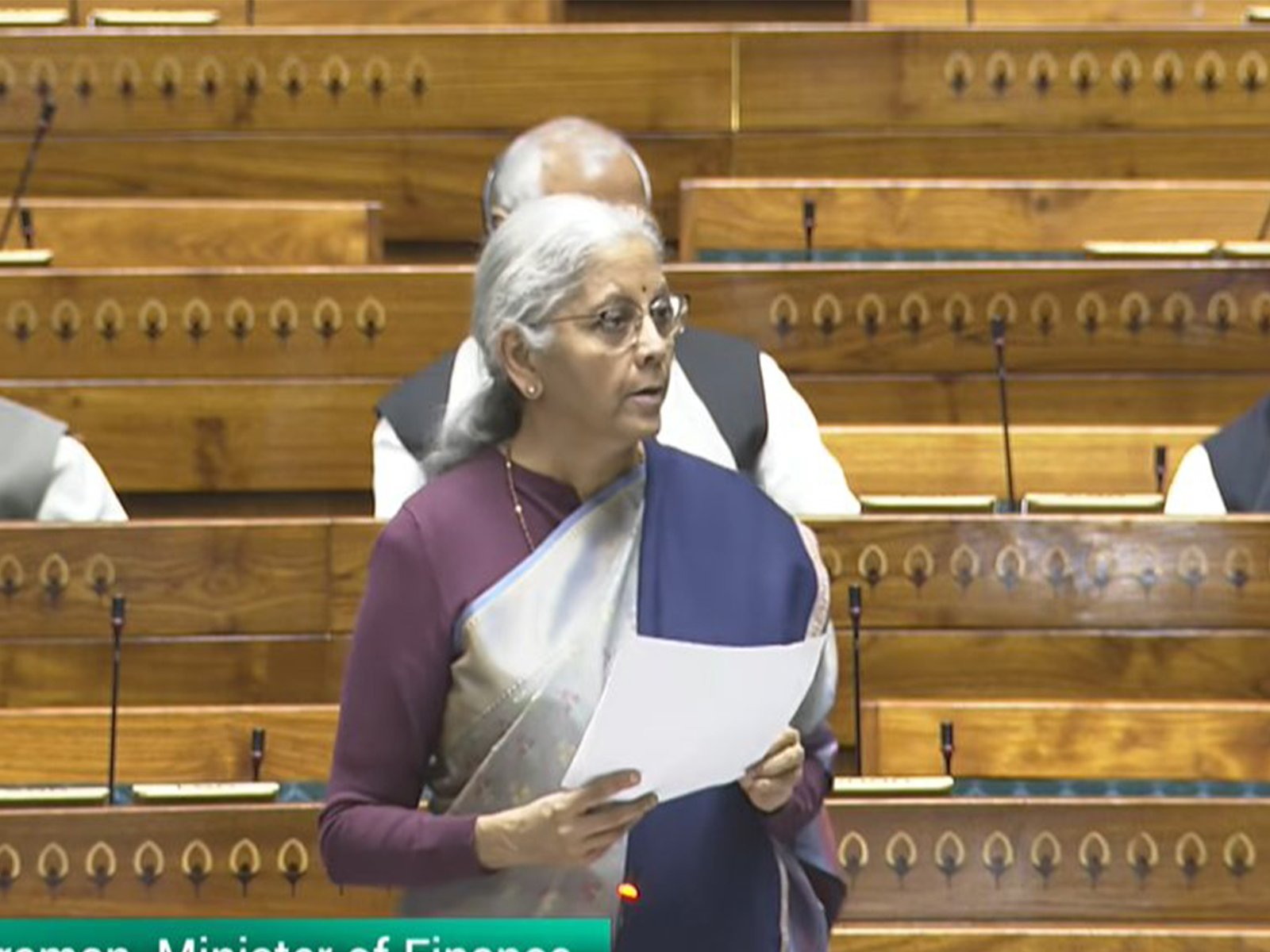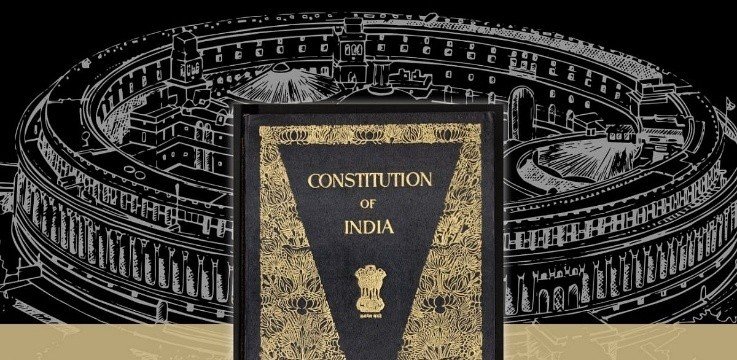Why in the News?
- In September 2025, UNESCO launched the Virtual Museum of Stolen Cultural Objects at the MONDIACULT Conference to tackle the global trafficking of stolen cultural property.
- The project serves as a digital bridge between communities and their looted artifacts, many of which were taken during colonial expansion.
- Developed with INTERPOL and funded by the Kingdom of Saudi Arabia, it marks a new phase in heritage protection through digital repatriation.
Key Highlights
- Concept and Purpose
- The museum is an interactive digital platform that identifies, documents, and showcases stolen or missing heritage items.
- Its ultimate aim is to “empty itself” as these items are recovered and returned to their rightful owners.
- The project complements UNESCO’s broader mission of safeguarding culture, heritage, and education in the digital era.
- Design and Architecture
- Conceived by Francis Kéré, a Pritzker Prize–winning architect, the museum’s structure is inspired by the Baobab tree, symbolizing strength and community in African culture.
- The design offers immersive rooms; a Gallery of Stolen Objects, a Restitution Hall, and an Auditorium; allowing visitors to explore artifacts by origin, material, or function.
- Where photographic evidence is missing, AI-generated 3D models recreate the objects, enhancing accessibility and realism.
- Collection and Global Scope
- Displays about 240 objects from 46 countries, from fossils to sacred sculptures.
- Each object is linked to a geographical map showing where it was stolen, thereby illustrating the global scale of cultural displacement.
Indian Representation: Mahadev Temple Sculptures (Pali, Chhattisgarh)
Two 9th-century sandstone figures, of Nataraja and Brahma, illustrate India’s classical artistic mastery and religious symbolism.
- Nataraja (Lord Shiva as the Cosmic Dancer):
- Depicts Shiva’s Ananda Tandava, symbolizing the cosmic rhythm of creation, preservation, and destruction.
- The damaru signifies creation through sound, while the fire (Agni) in another hand represents dissolution.
- His raised palm (abhaya mudra) offers assurance, and his foot crushing Apasmara, the demon of ignorance, symbolizes the victory of wisdom over darkness.
- The presence of Nandi, his bull vehicle, reinforces Shiva’s protective aspect and cosmic order.
- Stylistically, the sculpture reflects fluid movement, symmetrical grace, and spiritual symbolism typical of early medieval Indian iconography.
- Brahma (The Creator):
- Shown seated in lalitasana (relaxed pose), with three visible faces and four arms, embodying the four Vedas and directions.
- Holds sacred emblems, rosary (akshamala), Vedas, kamandalu (water pot), and lotus, representing creation, wisdom, and purity.
- The hamsa (goose) at his feet embodies discernment (viveka), the intellect that separates truth from illusion.
- The sculpture displays refined Gupta-inspired calmness, intricate carving, and balanced composition — demonstrating how Indian temple art blended theology with aesthetics.
Together, these figures convey the Hindu metaphysical triad of creation, preservation, and destruction, a key civilizational concept often embodied in temple iconography.
UNESCO’s Broader Heritage Role
- Founded in 1945, UNESCO’s mission evolved from post-war reconstruction to safeguarding tangible and intangible heritage.
- Recent focus includes ethical AI, digital preservation, and cultural diplomacy.
- The Virtual Museum aligns with UNESCO conventions such as:
- 1970 Convention on the Means of Prohibiting Illicit Import and Export of Cultural Property, and
- 1972 World Heritage Convention, reinforcing the global right to cultural memory.
Implications
- Decolonizing Heritage: Reframes global heritage ownership by recognizing historical injustices and restoring moral and cultural agency to source nations.
- Technological Empowerment: Demonstrates how AI and virtual platforms can protect, reconstruct, and democratize access to endangered cultural artifacts.
- Diplomatic Collaboration: Fosters coordination among governments, museums, and law enforcement to trace and return stolen heritage, building mutual cultural trust.
- Educational and Social Awareness: Engages the public in understanding the value of heritage protection, the impact of theft, and the meaning of restitution.
- Soft Power and National Identity: Strengthens India’s cultural diplomacy and ongoing efforts to reclaim artifacts abroad, while projecting its civilizational ethos of knowledge, art, and spirituality.
Challenges and Way Forward
| Challenges | Way Forward |
| 1. Ambiguous Ownership: Virtual restitution may dilute claims for physical return. | UNESCO must define digital restitution as complementary, not substitutive, to real repatriation. |
| 2. Institutional Resistance: Western museums often oppose repatriation. | Build bilateral frameworks and encourage shared custodianship agreements. |
| 3. Authenticity of AI Reconstructions: Risk of misrepresentation. | Employ heritage experts and archaeologists in digital rendering verification. |
| 4. Limited Access in Developing Regions: Digital divide restricts participation. | Develop open-access portals and regional heritage centres. |
| 5. Legal Complexities: Diverse national laws hinder cooperation. | Promote harmonized global standards under the 1970 UNESCO Convention. |
Conclusion
UNESCO’s Virtual Museum redefines heritage restitution for the digital age — turning memory into a tool of justice. It reminds the world that cultural objects are not commodities but carriers of identity and history. For India and the Global South, this initiative is both a symbol of decolonial recovery and a call to safeguard living traditions through policy, diplomacy, and technology alike.
| Ensure IAS Mains Question Q. “Digital repatriation can serve as a bridge between memory and justice, but not a substitute for physical restitution.” Examine this statement in the context of UNESCO’s Virtual Museum of Stolen Cultural Objects. (250 words) |
| Ensure IAS Prelims Question Q. Consider the following statements regarding UNESCO’s Virtual Museum of Stolen Cultural Objects: 1. It was launched at the MONDIACULT Conference in 2025 to combat the illicit trafficking of stolen heritage. 2. Its architecture, designed by Francis Kéré, draws inspiration from the Baobab tree. 3. It includes Indian artifacts such as Nataraja and Brahma sculptures from the Mahadev Temple in Chhattisgarh. 4. It is a joint initiative of UNESCO and the International Council of Museums (ICOM). Which of the statements given above are correct? a) 1, 2 and 3 only b) 1 and 4 only c) 2, 3 and 4 only d) 1, 2, 3 and 4 Answer: a) 1, 2 and 3 only Explanation Statement 1 is correct: The Virtual Museum of Stolen Cultural Objects was launched by UNESCO during the MONDIACULT Conference in September 2025. Its primary goal is to combat illicit trafficking of cultural heritage, especially artifacts lost through colonial plunder, theft, or illegal trade, and to digitally reconnect them with their source communities. Statement 2 is correct: The museum’s visual design was created by Francis Kéré, a Pritzker Architecture Prize winner. It takes inspiration from the Baobab tree, a powerful African cultural symbol representing strength, rootedness, and community. The design reflects UNESCO’s message of resilience and interconnected cultural heritage. Statement 3 is correct: Among the artifacts digitally showcased are two 9th-century sandstone sculptures from the Mahadev Temple, Pali (Chhattisgarh, India); one of Shiva as Nataraja, performing the cosmic dance, and another of Brahma, the creator. These works exemplify India’s temple art and spiritual iconography rooted in the Hindu philosophical trinity. Statement 4 is incorrect: The project was developed by UNESCO in partnership with INTERPOL, not with the International Council of Museums (ICOM). INTERPOL’s role is crucial for tracing stolen artifacts and curbing international heritage trafficking. ICOM, while active in museum ethics, is not formally associated with this initiative. |
Also Read | |
| UPSC Foundation Course | UPSC Daily Current Affairs |
| UPSC Monthly Magazine | CSAT Foundation Course |
| Free MCQs for UPSC Prelims | UPSC Test Series |
| ENSURE IAS NOTES | Our Booklist |





